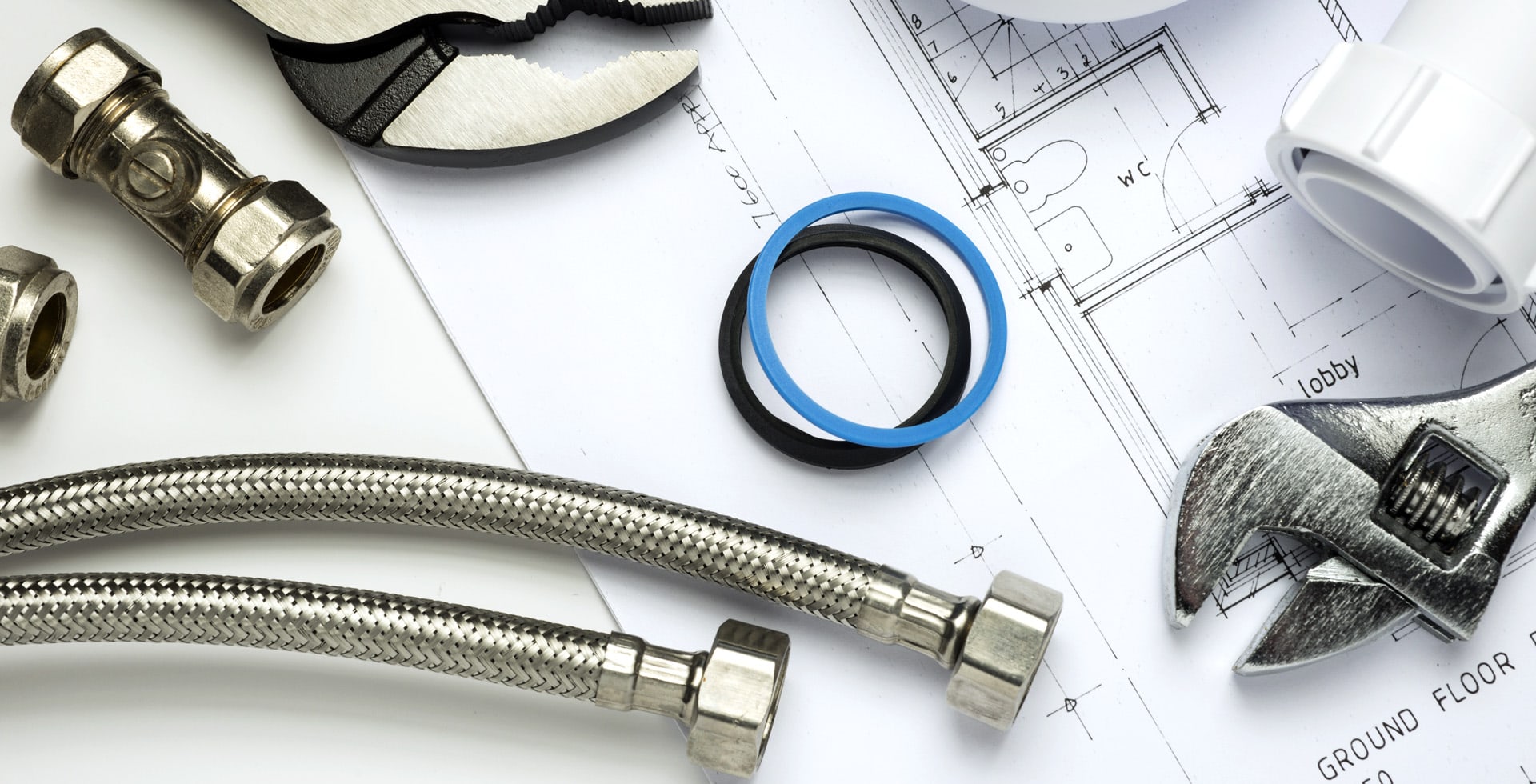“`html
How to Prepare and Paint Wood Surfaces
Painting wood surfaces can be both a satisfying and rewarding task that breathes new life into furniture, cabinets, and other wooden items. To achieve a professional-looking finish, proper preparation and technique are essential. This guide outlines the steps to effectively prepare and paint wood surfaces.
Why Preparation is Important
Before applying paint, adequate preparation of the wood surface is crucial. Failing to prepare can lead to:
- Paint peeling or chipping
- Uneven coverage
- Stains or discoloration showing through
- Shortened lifespan of the paint job
Materials Needed
Gather the following materials before starting your project:
- Sandpaper (various grits)
- Wood filler
- Primer
- Paint (latex or oil-based)
- Paintbrushes and/or rollers
- Cleaning cloths
- Drop cloths or newspapers
- Protective gear (gloves, mask)
Step-by-Step Preparation
1. Clean the Surface
Start by cleaning the wood surface to remove dust, grease, and previous finishes. Use a damp cloth or sponge with a mild detergent solution, then dry the surface thoroughly.
2. Sand the Wood
Sanding is essential for ensuring proper adhesion of the paint. Follow these steps:
- Use coarse sandpaper (60 to 80 grit) to remove old finishes or rough patches.
- Switch to finer sandpaper (120 to 220 grit) to create a smooth surface.
- Sand in the direction of the wood grain to avoid scratches.
- Remove any dust created from sanding with a damp cloth.
3. Fill Imperfections
If there are any cracks, holes, or imperfections, fill them with wood filler. Here’s how:
- Apply the wood filler with a putty knife.
- Allow it to dry according to the manufacturer’s instructions.
- Once dry, sand the area smooth using fine sandpaper.
4. Prime the Surface
Priming is a critical step that enhances paint adhesion and coverage. Select a primer suitable for your type of paint (latex or oil-based) and follow these steps:
- Apply the primer with a brush or roller.
- Allow the primer to dry completely, as indicated on the can.
- Lightly sand the primed surface to ensure it’s smooth before applying paint.
Painting the Wood Surface
1. Choose the Right Paint
Select a high-quality paint that meets your project’s needs. Consider factors such as:
- Gloss level (matte, satin, semi-gloss, gloss)
- Durability requirements (interior vs. exterior)
- Specific finish for certain wood types
2. Mix the Paint
Before using your paint, mix it thoroughly to ensure an even color and consistency. Use a stir stick to blend the paint well.
3. Apply the Paint
Begin painting the surface using the following technique:
- Use a brush for edges and corners to minimize brush marks.
- A roller works well for larger flat surfaces for even coverage.
- Apply in thin coats rather than one thick coat for smooth results.
- Allow the first coat to dry completely before applying additional coats.
4. Sand Between Coats
If you desire a super smooth finish, lightly sand the surface between paint coats using very fine sandpaper (220 grit). Remove any dust after sanding.
5. Inspect and Touch Up
After the final coat dries, inspect the surface for any missed spots or imperfections. Use a small brush for touch-ups as necessary.
Finishing Touches
1. Let the Paint Cure
Once you have completed painting, allow the paint to cure completely. This process can take anywhere from days to weeks, depending on the type of paint used. Refer to the paint manufacturer’s instructions for specific curing times.
2. Clean Up
Properly clean your brushes and tools according to the type of paint used (water for latex and mineral spirits for oil-based). Dispose of any materials safely and efficiently.
3. Restore the Area
Remove all drop cloths and restore any furniture or items previously moved. Enjoy your newly painted wood surface!
Conclusion
Preparing and painting wood surfaces is a rewarding project that transforms the look of your home. By following the steps outlined above, including cleaning, sanding, priming, and choosing the right paint, you can achieve a professional finish that lasts. Whether you’re updating a piece of furniture or giving your cabinets a facelift, taking the time to prepare your surfaces correctly will result in beautiful, long-lasting results.
“`

